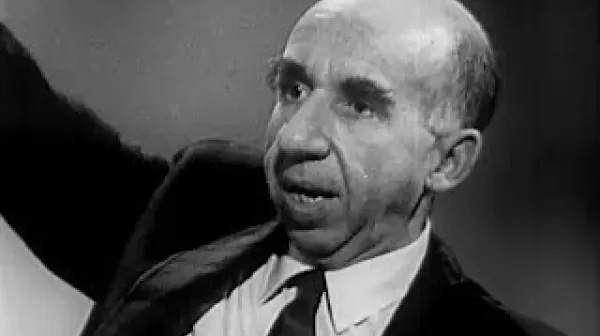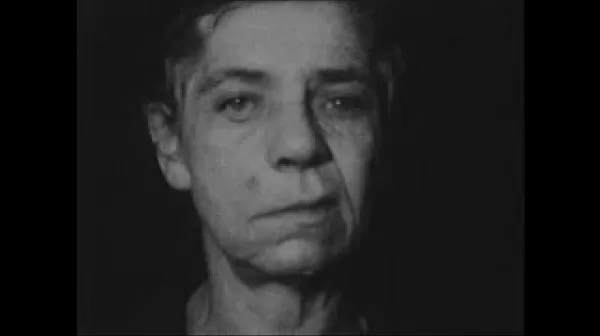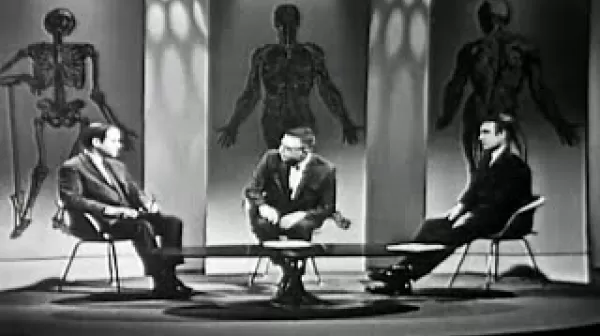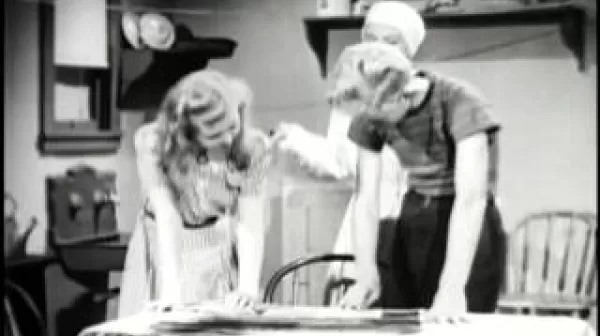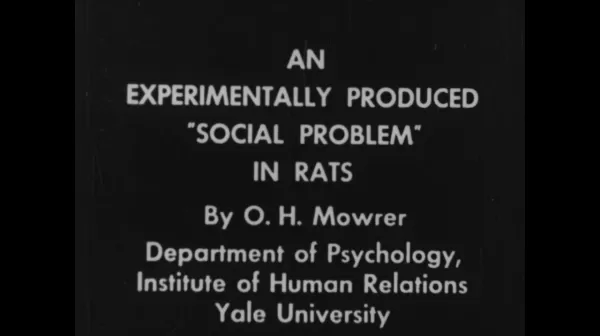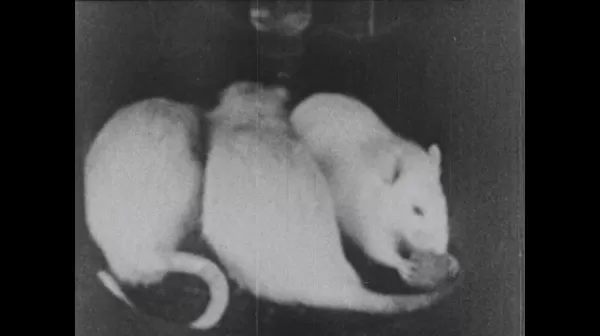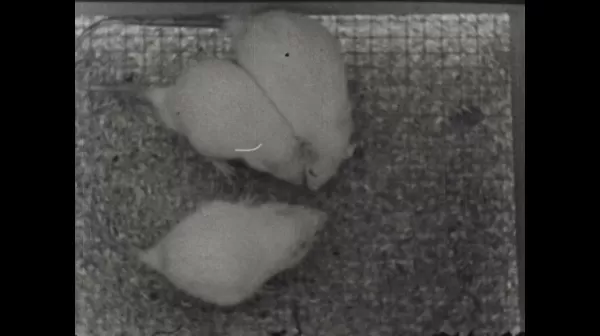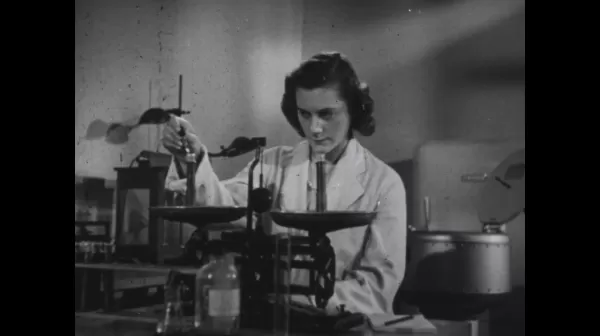Diet and Atherosclerotic Disease (US Public Health Service, 1969)
Dr. David Miller, Heart Disease & Stroke Control Program, Atlanta, Georgia moderates this debate where Dr. Jeremiah Stamler, Chicago Health Research Foundation, presents statistical data to implicate the relevance of diet in the pathogenesis of atherosclerotic disease, and argues that alteration of the American dietary pattern is essential if we are to reverse our atherosclerotic epidemic. On the other side of the debate, Dr. Mark D.

